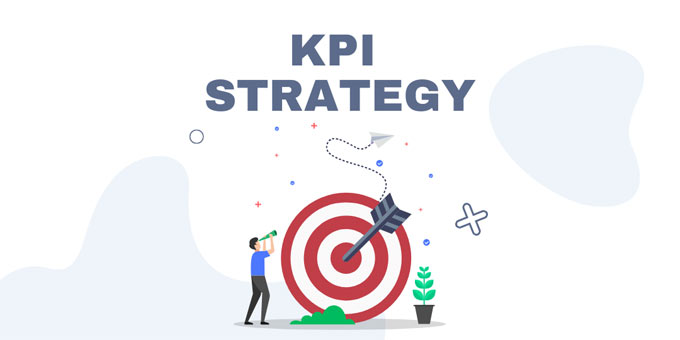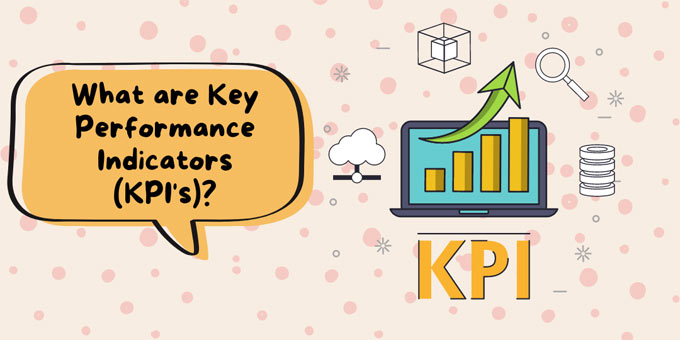A Key Performance Indicator (or KPI) measures how well a company achieves key business goals. KPIs reduce the complexity of performance tracking by simplifying the process and reducing the number of indicators. Organizations use KPIs at different levels to assess their progress in reaching their targets. KPIs at the highest levels may be focused on the overall business performance. In contrast, KPIs at the lower levels may be focused on specific processes within departments like sales, marketing, and support.

- Establish a clear objective: Clearly and concisely state the purpose of each KPI. It helps anyone who is interpreting the KPI to understand the data correctly.
- Success factor: Realistic targets are important as changes to business processes can take time to implement. It's better to concentrate on long-term goals in the early stages of KPI monitoring.
- Data collection: Examine the accuracy and availability of the data. Data pulling should be automated from existing systems.
- Create the KPI formula: Most KPIs use a combination of several metrics or measures that are combined under one calculated formula. But some KPIs only contain one metric or measure. To see if your results match what you expected, create formulas and test data.
- KPI: KPIs should be easily understandable using charts and graphs. Use these KPIs for creating Dashboards. It is also important to review your KPIs regularly as business goals change.

KPIs can be a great way to make sure your team is supporting the company's overall goals. These are the top reasons you should use key performance indicators.
- Team Alignment: They can use KPIs to measure project success and employee performance.
- Performance Tracker: Key performance indicators give you an objective look at your organization's health, including financial indicators and risk factors.
- Control Factor: KPIs allow you to see your successes and failures so that you can focus more on what is working and less on what isn't.
- Accountability: Provide key performance indicators to help employees and managers track progress and move the needle.

Review the strategy if key performance indicator doesn’t deliver the results. To ensure that everyone in the organization understands the working of KPIs and how they can be used to make data-driven decision that impact the business. Organization should follow these simple strategies:
- Choose important KPIs: It is essential to include both leading and lagging indicators to ensure you measure what matters. Leading indicators allows to predict what may happen and make adjustments to improve results. Lagging indicators allows to understand the results over time.
- KPI based Organization: Key performance indicators are meaningless if people don't know what they mean and how to use them. To help everyone achieve strategic goals, increase data literacy within the organization. To keep the company moving forward, educate employees and assign them relevant KPIs.
- Upgrade: Revisions to key performance indicators based on changes in the market, customers, and organization are a good way to keep them current. They should be reviewed regularly, with a close eye on performance to determine if any adjustments are needed and published to ensure that all team members are up-to-date.


